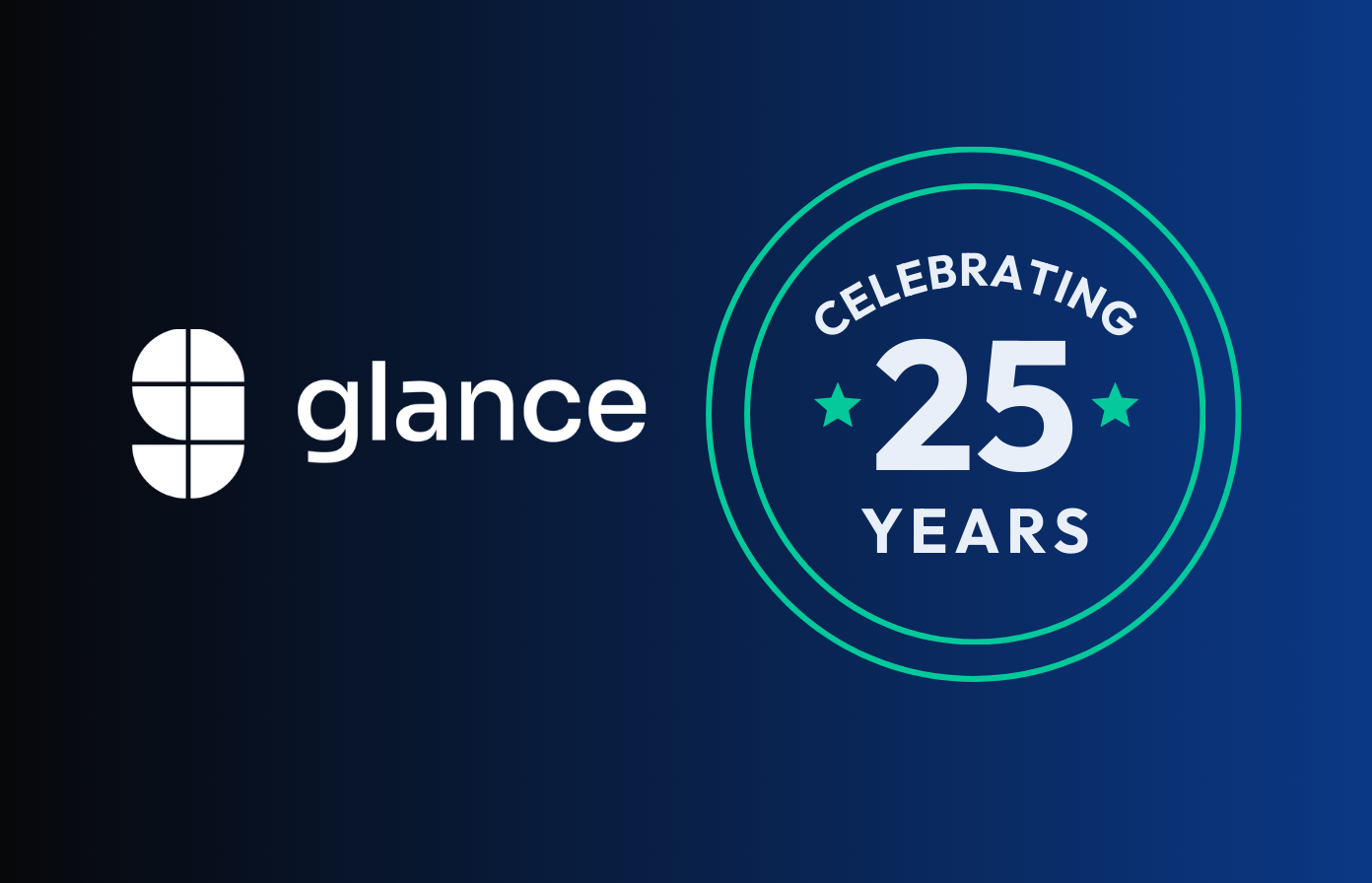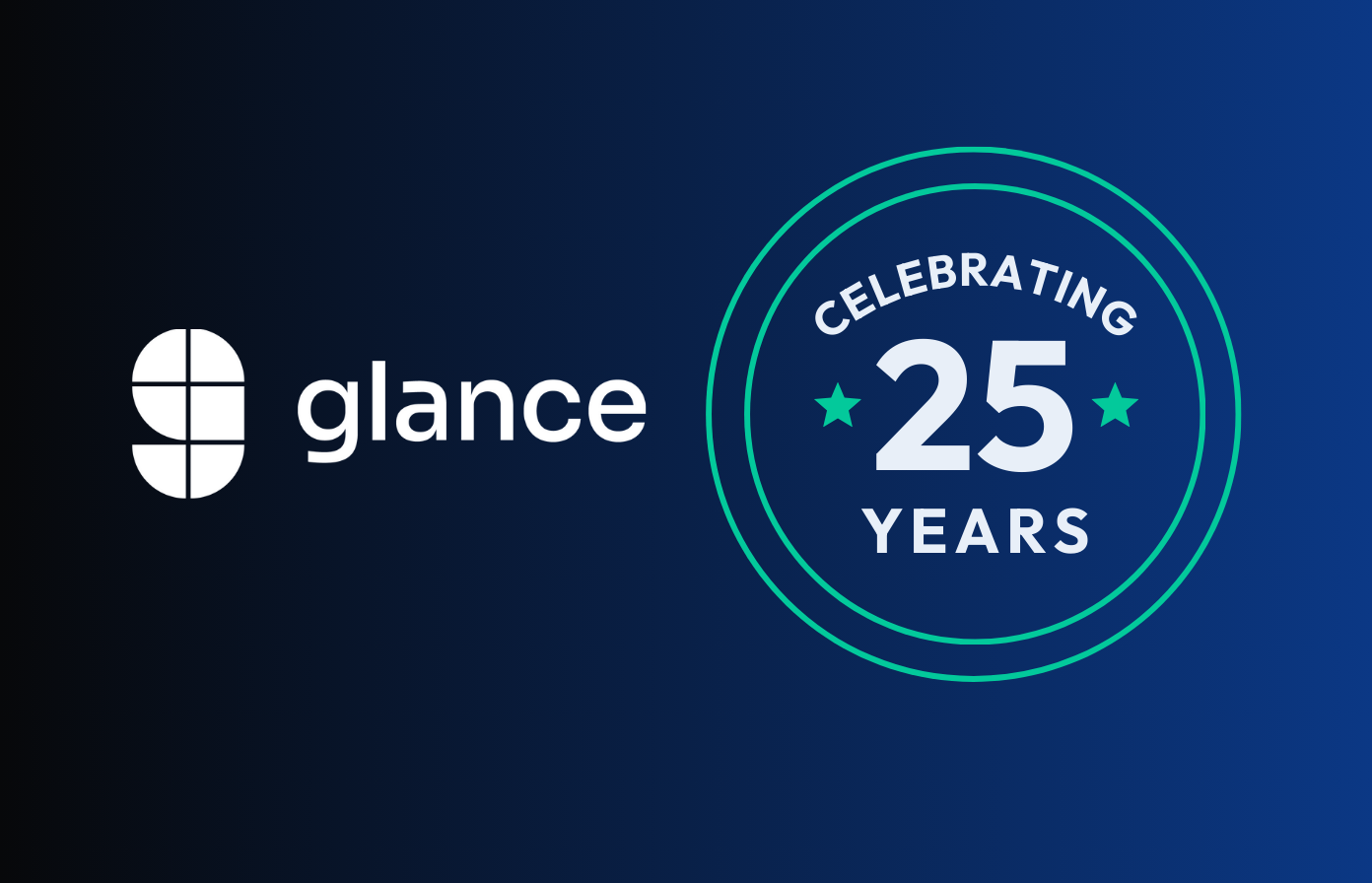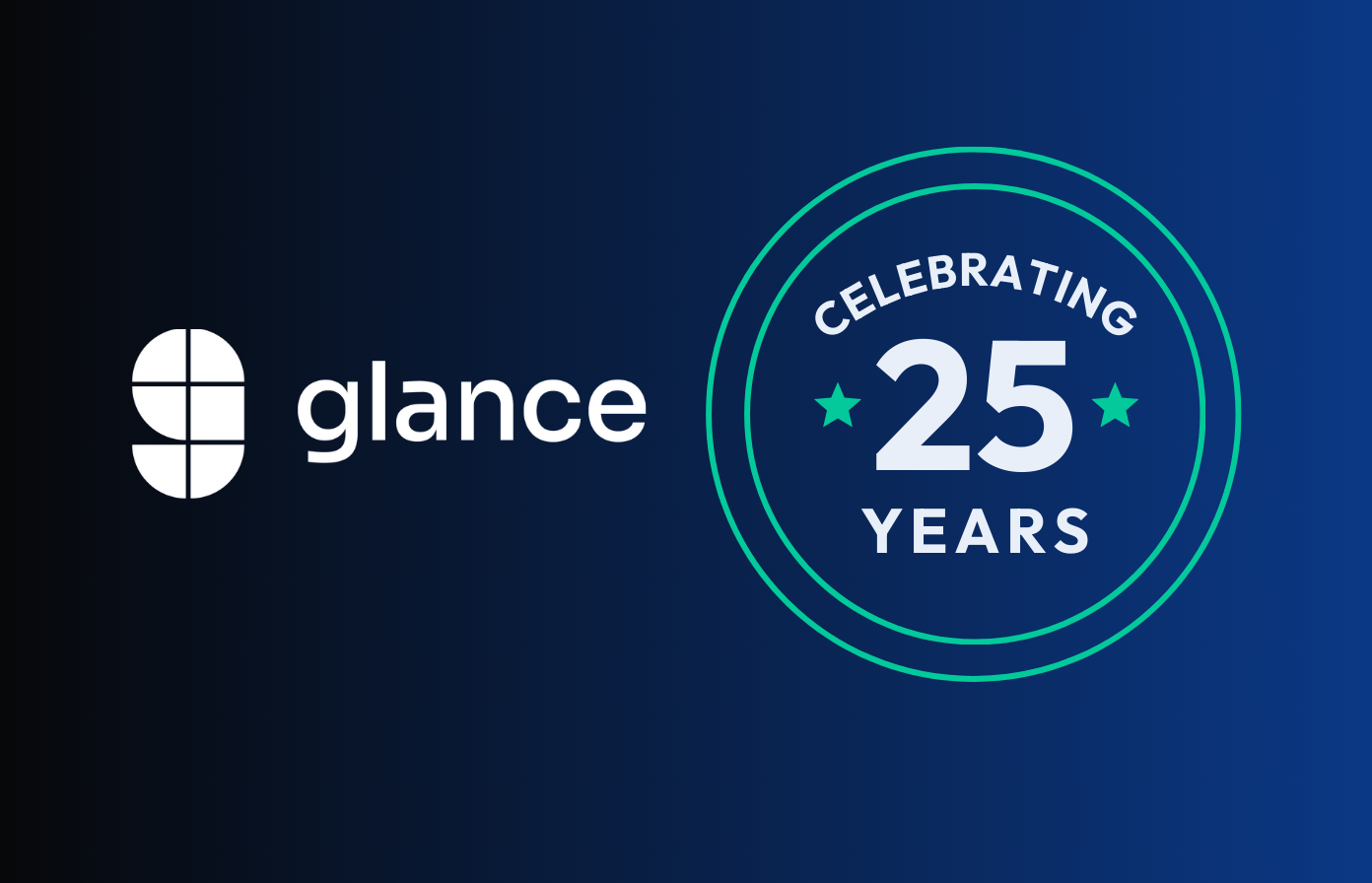This article was informed by an infographic created in partnership with Metrigy with results from a 2022 CX study. You can download your copy of the infographic here.
If your Customer Satisfaction Score (CSAT) isn’t where you want it to be, you’ve come to the right place. And even if your CSAT is in a good place, there’s always room for improvement, right?
There are four key areas to invest in to improve the customer and agent experience: leadership, budget, technology, and analytics. When agents have good technology and leadership, supported by a healthy budget, CSAT improves.
Let’s take a look at where you should focus your efforts in each of these four pillars to yield the best results. For a visual outline, download the agent empowerment infographic here.
Provide strong leadership
Hire/appoint a Chief Customer Officer
As successful companies adopt a customer-centric model, 59% have hired or appointed a Chief Customer Officer (CCO), according to CX analyst firm Metrigy. This executive is responsible for the organization’s entire relationship with its customers, and leads efforts to improve the customer experience. Most CCOs are internal hires who have been with the company for several years, and have an in-depth understanding of the customer journey.
While CCO is the most common title, other titles include Chief Experience Officer; Chief Client Officer; Executive Vice President, Member Experience; and Chief Global Customer and Marketing Officer. And yes, you read that right: a trend is taking hold to combine Chief Customer and Marketing Officer into one role, underscoring the importance of Customer Experience to companies and acknowledging that customer experience and market presence are two sides of the same customer journey coin.
Develop a work-from-home plan
Especially while there’s a shortage of customer service agents, having a work-from-home plan can help you attract and retain quality hires. And if you’re not offering remote or hybrid options, don’t be surprised if you lose top talent to your competition: only 9% of companies don’t support a work from home model.
Customer service representative is one of the most sought after roles among job applicants seeking flexibility. And jobs that allow employees to work from home either full- or part-time saw seven times more applications than in-person roles.
Establish a healthy budget
Obtain budget for CX technology
As the old adage says, you have to spend money to make money. Your ideal budget depends on many factors, and can range from a budget in the thousands, hundreds of thousands, or even millions of dollars, depending on company size and goals.
When determining your budget, start with the end goal: what are you striving to achieve? Starting here ensures that you are investing in technology that directly ties to your desired outcomes.
Some specific questions to ask when determining your CX technology include:
- What are the pain points we’re striving to solve?
- Will these solutions scale with our business?
- Are they user-friendly?
- Are they secure?
- What are the maintenance needs?
- Does each tool work synergistically with one another?
Spend on contact center
The contact center isn’t just for solving customer problems. It plays an essential role in the customer experience, and can even be a sales-generator. (Learn how Constant Contact repositioned its customer care operations as revenue centers here.)
That’s why successful companies spend more on their contact center — around $460 per month per agent. Most of the agent license cost is for the contact center platform itself.
Equip agents with the right technology
Consider cloud
The present and future of software is in the cloud. The global contact center software market is expected to grow over 500% by 2030.
More and more CX leaders are adopting cloud-based technology for its flexibility and ease. CX leaders rate cloud services 12% higher than they rate on-premise solutions, and see results from cloud-based technologies such as improved call answer rates.
Read: Future-proofing your digital customer service tech stack
Evaluate AI
Do you have your eye on AI? You’re not alone: 61% of companies are using or planning to use AI to improve employee and customer experience.
AI-powered chatbots can give customers quick answers to simple questions, which frees up your agents to focus on more complex, high-value inquiries.
And chatbots are just the beginning. AI also provides an opportunity to anticipate your customers’ needs and preferences to provide a more personalized experience. By analyzing customer data and providing relevant insights and recommendations, AI can revolutionize — and further personalize — the customer experience.
Integrate contact center with unified communications
Becoming a customer-centric organization requires breaking down barriers, especially communication barriers. Unified communications not only improves the customer and employee experience, it also cuts monthly costs by 22%.
Customers want choice. According to Statista research, 42% of customers prefer resolving customer service issues via phone, 38% via digital channels, and 20% via email. They want many options when it comes time to reach out to your business for help, depending on what device they’re working on, what context is most convenient at the moment (social media or a desk phone?), and how soon they need a response back (email me in a few days or text me an answer ASAP!).
But offering customer choice without putting an agent’s head constantly on the swivel is key. That’s where unified communications comes in. No matter how customers reach out, providing one unified experience for the agent ensures that no customer communication is missed.
Measure performance
Agent analytics can improve agent skills and performance, which directly impacts the customer experience. In fact, using agent analytics boosts customer satisfaction ratings by 52%.
Why? Because with agent analytics, you can identify areas of concern, and then use that information to improve agent performance. When you improve agent performance, customer satisfaction increases.
But you can’t improve metrics if you don’t know where they currently stand. Use data to get a clear picture, and then use that data to target areas for improvement.
Download the agent empowerment infographic
The bottom line: agent empowerment supports customer success. Whether empowerment comes through organizational changes like improved leadership and flexible work from home policies; new budget to upgrade existing customer experience and contact center technology; or the addition of brand-new technologies like cloud, AI, and unified communications, more and more companies are seeking to improve agent experience and through that, guest experience.
Learn how Glance improves the agent experience through more personalized, human-to-human, customer-centric engagements in this blog. And download our free infographic created in partnership with Metrigy as a visual reminder of the impact that supporting agents with the right technology and resources can make on improving your customer experience.
Download your infographic here.



